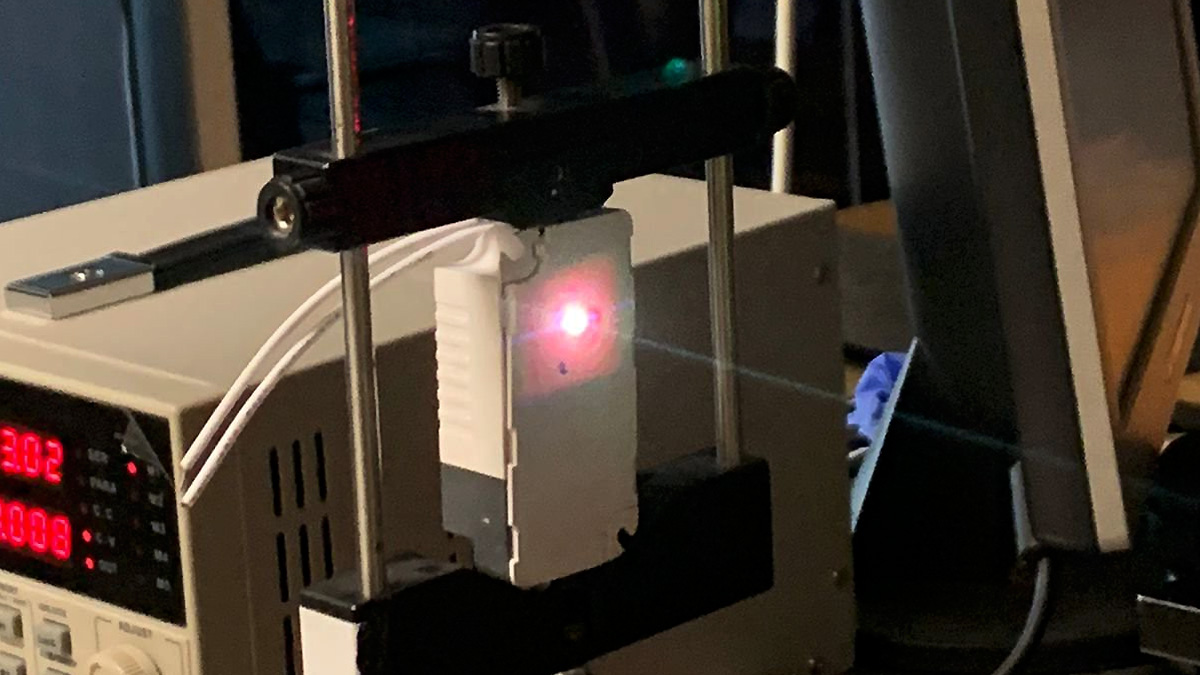
Article content Whenever I test a three-row SUV, usually the first thing I do is fold down that third row. I can’t remember the last time I carried enough passengers to need them, and with that row down, I usually get more cargo space than in a two-row. And the Mazda CX-70 , an all-new model for 2025, fills the bill for that.
Basically, it’s a three-row Mazda CX-90 without that third row of chairs, replaced solely with cargo space instead. If you don’t want that extra row, the CX-70 means you’re not paying for those seats nor carrying their weight around. What powers the Mazda CX-70? Mazda offers a fair bit of choice here.
The GS-L and GT trims – the latter being the one I’m driving – use a 3.3L inline six-cylinder engine making 280 horsepower and 332 lb-ft of torque, and with an eight-speed automatic transmission and 48-volt mild hybrid system (MHEV) with small electric motor. It’s a self-charging system that adds some fuel-free power to improve acceleration and fuel economy.
The CX-70 can’t drive on electricity alone, but when conditions are right, it shuts the engine off when you’re coasting, and then starts it up immediately when you press the throttle. Above that, the GT-P and Signature trims use the same MHEV engine but tune it for high-output. These two make 319 horsepower and 369 lb-ft of torque on regular-grade gasoline, but if you want to spend the cash to pump 93-octane fuel into its flanks, it rises to 340 horsepower.
The third choice is the CX-70 PHEV (plug-in hybrid), with 2.5L four-cylinder engine with full hybrid system. When it’s plugged in and charged, it can drive for a rated 42 kilometres on electricity alone; and when that depletes, it reverts to conventional hybrid operation, automatically switching between gasoline, electricity, or a combination, depending on driving conditions.
What’s the Mazda CX-70 like to drive? The CX-70 walks a line between “really nice” and “could use a little bit of improvement.” On the plus side, that 280-horsepower engine is very good and provides enough power, including for highway passing. Against a Natural Resources Canada (NRCan) official rating of 9.
3 L/100 km, I averaged 10.2 L/100 km, a reasonable increase in real-world driving from the published rate. Beyond that, Mazda’s signature is its fun-to-drive handling.
It’s obviously a commuter sport-ute and not a sports car, but it’s responsive and it feels solid rather than heavy. On a curve or a rough road, it can apply a smidgen of brake pressure to one wheel, stabilizing the rear suspension so the vehicle retains its composure. The steering is nicely-weighted, the turning circle is very tight, and overall, it’s very good from behind the wheel.
What isn’t as great with the CX-70? A couple of things could use some tweaks, and they’re both related to the transmission. The shift lever has an unnecessary complication: while you move it conventionally through Reverse-Neutral-Drive, you have to slide it sideways in and out of Park. A straightforward P-R-N-D is simple and easy, especially for multi-vehicle households where drivers will have to remember when they’re in the oddball-shifter one.
A couple of times I forgot – I pushed it all the way forward, thinking it was in Park; but it started rolling backwards since it was now in Reverse. Then there’s the transmission itself, which does its best to get up into the higher, more fuel-efficient gears as rapidly as possible. That would be fine if it did it smoothly, but it tends to lurch and bump when you try to accelerate moderately.
It works better under heavier acceleration, but that’s not how I want to drive in traffic; and it’s also smoother in Sport mode, but then the engine revs higher and I also don’t want that in everyday commuting. It doesn’t turn me off the CX-70 entirely, but tweaking it could make this a more pleasant driver in all circumstances. What’s the CX-70’s cabin like? The cabin styling is handsome and uncluttered, and with soft-touch materials and metallic accents that give it a premium look and feel.
The CX-90 starts in an entry GS trim, but the CX-70 starts one above that with the GS-L. Its features include three-zone climate control, sunroof, auto-dimming mirror, faux-leather fabric, heated seats and steering wheel, power-adjustable driver and passenger seats, 10.25-inch centre screen with wired connectivity, and full suite of driver-assist technologies including blind-spot monitoring, emergency front braking, adaptive cruise control, and mandatory rearview camera.
My tester, the GT, then added a 360-degree camera, cowhide upholstery, heated rear seats, wireless phone connectivity and wireless charger, Bose audio, head-up display, hands-free liftgate, and auto-dimming driver’s-side mirror, among other items. Go beyond that to the GT-P or Signature, and then in addition to the high-output engine, these trims can also add ventilated front seats, 12.3-inch display, and power-adjustable steering wheel.
That centre screen isn’t touch-activated and instead relies on a controller (the larger screen in the upper trims becomes a touchscreen for your phone functions when it’s integrated through Android Auto or Apple CarPlay, but not for the embedded functions). The controller is conveniently mounted in the console and has buttons for the menus. It’s generally easy to use, except that if the voice control doesn’t recognize an input, such as a navigation destination, you have to spin the dial to each letter or number, tap to select it, and then spin to the next digit.
Overall, drivers like touchscreens, and Mazda’s insistence on not including one appears a bit odd, especially since phone connectivity can transform the larger screen into one. Beyond that, the climate functions are easy to use, accessed through buttons and toggle switches, as are the controls on the steering wheel. The seats are comfortable and supportive, even on a longer drive.
Mazda only removed the third row and didn’t reposition the second-row seats, but there’s still a generous 1,000 mm (39.3 inches) of rear-seat legroom. The wide door opening is also unchanged from the CX-90, so it’s easy to access the second seats.
How does the CX-70 handle cargo? As mentioned, the CX-70 is all about cargo. With the rear seats upright, you get up to 1,131 litres (39.9 cu.
ft.) of cargo volume; and when they fold down, it’s up to 2,245 litres (79.2 cu.
ft.). Everything from the CX-90 is still there – Mazda did this as cost-efficiently as possible – including the third-row cupholders and buttons in the cargo area that release the seats for folding.
There are also a couple of grocery bag hooks, always appreciated and often missing in so many SUVs where the middle letter is supposed to be “utility.” If you still have too much stuff to fit inside, the CX-70 can tow up to 5,000 lbs. What competes with the Mazda CX-70? Sized like a three-row, but with only two rows, the CX-70 splits the difference between them, and so the number of competitors is vast.
These can include, but are not limited to, the Chevrolet Blazer , Ford Explorer , Honda Passport and Pilot , Hyundai Santa Fe , Lincoln Nautilus , Nissan Murano – an all-new one is on its way – Toyota Highlander and RAV4 , and the three-row Volkswagen Atlas and its slightly-smaller, two-row Atlas Cross Sport sibling. How much does the 2025 Mazda CX-70 cost? The standard-output engine starts in the GS-L at $49,750, while my GT tester began at $54,350, and added a coat of Zircon Sand Metallic paint for $300. The high-output engine is in the GT-P at $58,300, and the Signature at $62,300.
All prices are before a delivery fee of $2,195. Final thoughts With its three-row length without that third row, the CX-70 is a niche vehicle, but for those who prioritize cargo over passengers it could be the ideal configuration. It has a couple of weaker points, but overall, it’s a decent and comfortable performer.
If you don’t need everything the CX-90 offers, look at its fewer-seated sibling instead. ✔ Great inline-six engine ✔ Handsome interior ✔ Cargo capacity ✘ Transmission can lurch on acceleration ✘ Shifter isn’t intuitive ✘ Infotainment isn’t a touchscreen Sign up for our newsletter Blind-Spot Monitor and follow our social channels on X , Tiktok and LinkedIn to stay up to date on the latest automotive news, reviews, car culture, and vehicle shopping advice..














